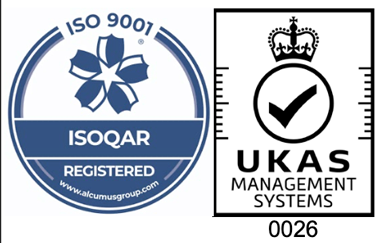Natural or synthetic rubber?
27th September, 2017
Overview
Natural rubber had been successfully for hundreds of years before chemists and industrialists tried to find an alternative. As the popularity of cars continued to rise, so did the demand for rubber. As natural rubber is manufactured from trees, there was a limit to how much could be harvested. As industrialization continued, there was also an increased need for a rubber that is more heat and petroleum resistant, which meant a rubber with different properties was needed.
Natural Rubber
Natural rubber is still used today for a number of products including tyres, rubber boots, rubber bands, playground equipment, flooring and toys. It is still a versatile and durable material that has several applications, particularly in products where it won’t be exposed to high temperatures or petroleum chemicals. This is why it is found in many day to day household items.
Synthetic Rubber
As manufacturing become more automated, the need for a rubber material that was resistant to heat, abrasion and chemicals was crucial to the continued growth of many industries. This meant that many different types of synthetic rubber was developed to meet the variety of needs of diverse characteristics. This lead to synthetic rubber being developed that was resistant to different chemicals (particularly petrochemicals), temperature ranges, hardness and ozone degradation.
Natural or Synthetic Rubber?
Overall, both types, natural and synthetic rubber have their strengths and weaknesses. Another advantage


